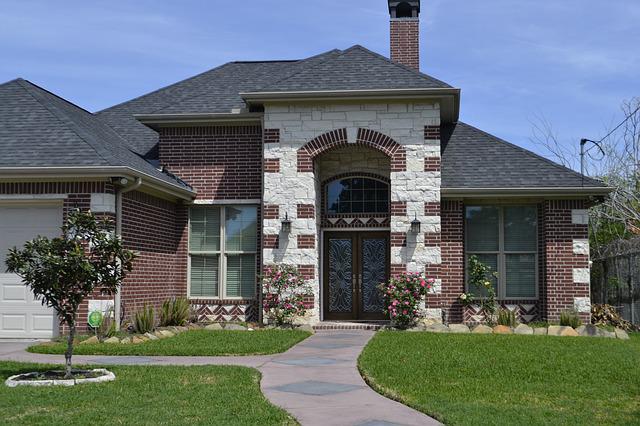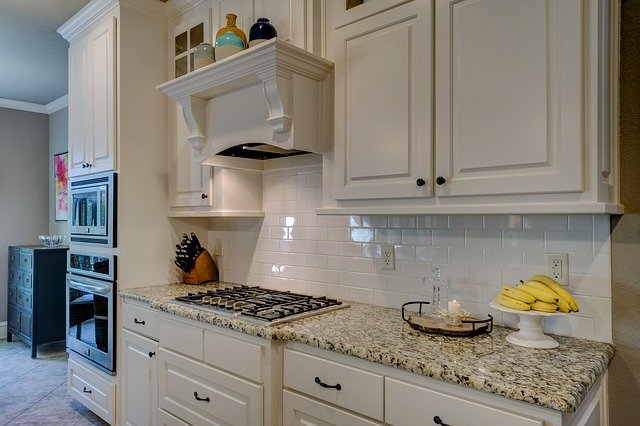The construction industry, the number of new starts, and the price of housing and rent depend upon buyers’ willingness and ability to invest in properties. The US economy is a robust system that quickly rebounds but relies heavily on credit. With recent announcements by the Federal Reserve and concerns over the economy, we are seeing yet another bout of volatility as mortgage rates jump higher.

The 30-year fixed rate mortgage averaged 5.13% in the middle of August, only to increase to 5.55% near the end of the month. With the first week of September behind, it sits at 6.11%.
According to CNN, the Federal Reserve made an unprecedented move with two consecutive hikes in just as many months.
Undoubtedly, these developments are going to affect the real estate industry. But how is the market holding up at the moment, and what is the general outlook considering macroeconomic uncertainty?
The market had a surprisingly strong run.
There is a glaring disparity as we compare the current mortgage rates with those from a year ago. With last year’s mortgage rate sitting at 2.87%, we saw a bull run unlike any other.
Despite the global turmoil created by health crises and political conflicts, the housing market enjoyed unprecedented growth. We’ve seen significant price appreciation of properties throughout 2021, especially during the first two quarters of this year.
Markets around the country were selling more properties at higher prices. Justifiably, builders and investors picked up the signal. With new developments around major metro areas, the number of available properties soared like never before.
In Austin alone, builders have applied for 31 residential permits for every 10,000 people. These family units are yet to hit the market, ranging from affordable townhomes to ready-made luxury homes.
Other states saw similar trends in construction, with new developments dotting the suburbs.
On the one hand, it is surprising to see such a market performance, especially since the price of materials went through a steep incline. On the other, however, we expected an economic boom with the resolution of the pandemic. The global sentiment was never as optimistic as at the start of 2022.
General market sentiment
Currently, the market is entering a seasonal slowdown, which is not unusual considering the historical chart.
With fewer sales across the nation, Redfin reports on the imminent reversal. But the metrics are somewhat confusing.
The price of homes is up 7.4% year over year, whereas the number of sales is dwindling, with a 22.8% decrease over last year. Given these developments, we have a 4.4% increase in the number of available properties.
New homes are hitting the market due to a prolonged boom in construction, yet mortgage rates seem to dissuade buyers from jumping in. Nevertheless, as we look at the numbers, it is easy to argue that we are still in a sellers’ market.
Similarly, considering the slight reversal in the price of materials, it is not outlandish to assume that we will see a continuation of the trend in construction. More homes will enter the market in 2023 than any other year, excluding this one. As prices come to a slowdown and we have more available properties, we may yet see how much of effect mortgage rates will play.
What is the takeaway as we enter fall?
The current median sale price in the US is $412,547. This number is nearly double as compared to five years back. Interestingly, 2021 saw more than 700,000 sales, beating a growing streak for years. However, even with the peak market performance this summer, 2022 saw a significant decline in the number of sales. For the first time in quite a while, sales seem to dwindle.
Currently, the 15-year fixed rate is 5.18%, and the 10-year fixed is 5.25%. We are yet to see how these will shape up during the upcoming months. If international conflicts begin to settle, we may see a return to normal and less volatility across mortgage rates.
It is important to remember that seasonal market movements are a common occurrence, so there is no need to panic at the moment. With the price of materials slowing down and the number of construction starts moving well according to forecasts, we may be up for a surprising run come spring.






